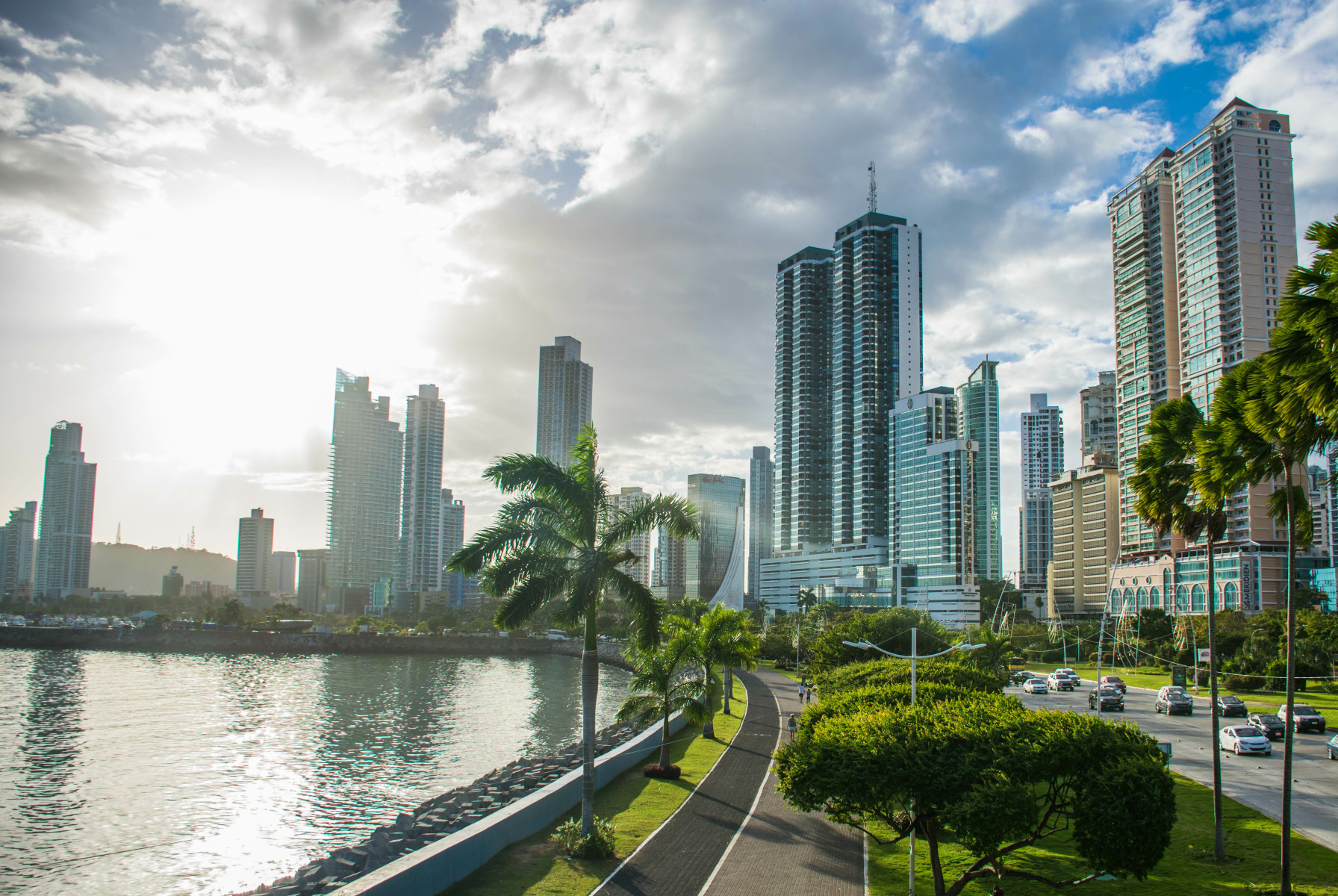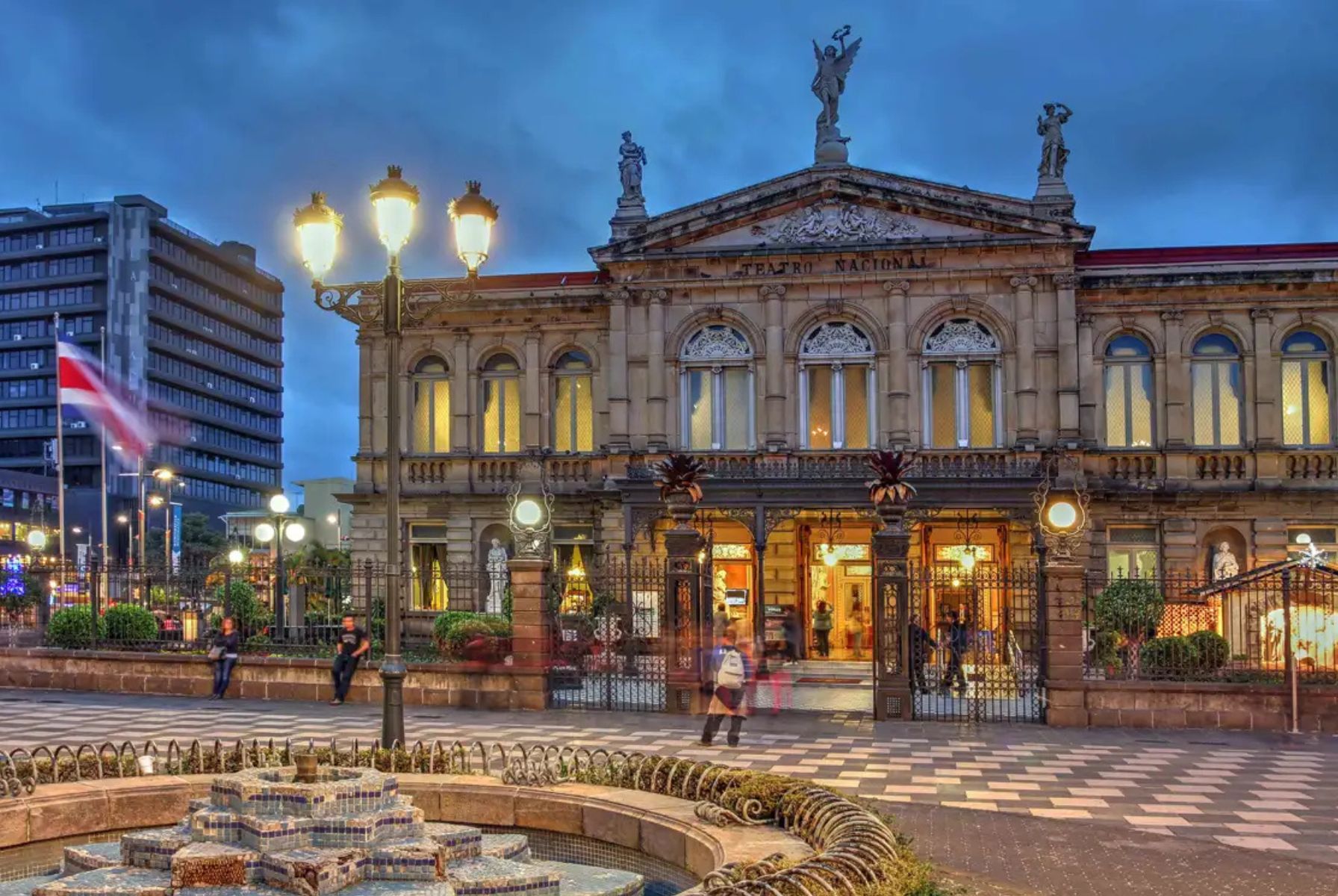Posted on 2025-07-28

Costa Rica and Panama are among the Latin American economies that have attracted the most wealth so far this year — a migratory trend in which hundreds of millionaires from across the region are abandoning or preparing to leave their home countries, according to the consulting firm Henley & Partners.
By the end of 2025, both countries are expected to welcome around 650 new millionaires — Costa Rica will add 350 high-net-worth individuals (HNWIs), while Panama will see 300 new arrivals. In contrast, larger regional economies will experience a significant outflow of capital and wealthy individuals.
Brazil is projected to lose around 1,200 millionaires, while Colombia and Mexico will each see 150 departures. Argentina will lose approximately 100 millionaires, according to the Millionaire Migration Report published by Henley & Partners in collaboration with global wealth intelligence firm New World Wealth.
“Costa Rica and Panama are among the ten fastest-growing millionaire markets in the world in terms of attracting wealth,” said Andrew Amoils, Head of Research at New World Wealth, in an interview with Bloomberg Línea.
Both countries are placing Central America on the global investment radar, a region that, aside from these two markets, continues to face challenges ranging from infrastructure deficiencies to security concerns — making it harder for others to stand out as appealing destinations for the global elite.
Interestingly, the millionaires migrating to Costa Rica and Panama are not primarily from the Latin American region. Instead, they come from wealthy countries around the globe.
According to Melizandro Quirós Araya, an economist and director at the Center for Financial and Real Estate Business Studies in Costa Rica (CENFI), there are no open records of these high-profile arrivals due to privacy concerns. However, he explains that their presence can be “indirectly estimated by tracking the origin of companies establishing operations in these countries.”
“In most cases — more than 60% — these individuals come from the United States and Canada. The rest come from Asia (including China and Japan), Europe, and a smaller portion from Latin America,” he added.
Between 2014 and 2024, Costa Rica ranked as the seventh fastest-growing millionaire market globally, with its HNWI population growing by 73%. The country is now home to 8,400 millionaires (with net worths of $1 million or more), 42 centimillionaires (with $100 million or more), and three billionaires (with $1 billion or more).
Panama ranks tenth, with 7,500 millionaires, 35 centimillionaires, and three billionaires, according to Henley & Partners data.
The arrival of new HNWIs in Costa Rica could bring in around $2.8 billion in new capital, while Panama could receive approximately $2.4 billion in fresh wealth.
When asked why these two countries are attracting such high numbers of wealthy individuals, Andrew Amoils highlighted six key factors:
Neither country levies inheritance or estate taxes, which is highly attractive, particularly for older HNWIs.
Panama offers a very low capital gains tax compared to international standards. “This is typically the most relevant tax for HNWIs when migrating, as most of their wealth is tied to business holdings, both listed and private,” Amoils noted.
Both countries feature well-established luxury residential zones, appealing to high-net-worth individuals.
They are safer than most other countries in the region.
They offer well-developed wealth management services.
Nature, birdlife, beaches, and landscapes — key lifestyle drivers that continue to draw the global elite.
Panorama in Panama

In the case of Panama, the country has managed to maintain its investment-grade rating despite a decade of “fiscal disorder,” according to Carlos Araúz, an economist and financial consultant based in Panama.
Despite these challenges, Panama stands out for the strength of its financial system, which combines legal services, insurance consulting, and innovative structures that enable efficient project execution while safeguarding capital.
Araúz noted that Panama’s recent removal from international “grey lists” related to money laundering has significantly improved perceptions of transparency and legal security.
He also highlighted the fact that, without an official central bank and operating under a fully dollarized economy, Panama demands higher levels of self-regulation from its banking sector—an element that reinforces investor confidence.
In addition, its logistical connectivity with Central America, the southern United States, and even Europe has helped position Panama as what Araúz describes as “a natural refuge for capital.”
According to Araúz, both Panama and Costa Rica share key advantages that continue to drive global interest in placing capital in the Central American region.
In comparing the two countries, he pointed out that Costa Rica has made well-calibrated fiscal and monetary decisions, which have strengthened its capacity to attract foreign direct investment (FDI).
“A clear strategic focus on tourism—leveraging the country’s coastal areas, volcanoes, and mountain landscapes—has been essential,” he explained. “All of these natural features contribute to an ecosystem that promotes Costa Rica as a tourism destination, and this effort has been in place for the past 20 to 25 years.”
In addition to tourism, Costa Rica has developed productive hubs in key sectors such as technology, pharmaceuticals, and logistics.
Beyond its macroeconomic stability, Araúz emphasized Costa Rica’s institutional strength, citing a judicial system that has demonstrated the ability to combat corruption, and a secure environment that operates without a standing military—a rare case in the region.
According to data from the Economic Commission for Latin America and the Caribbean (ECLAC), Costa Rica received the highest amount of foreign direct investment (FDI) in Central America last year, with an increase of 13% totaling US$5.298 billion, followed by Panama with US$3.240 billion, representing a 35.7% increase.
Panorama in Costa Rica

Costa Rica continues to position itself as an attractive destination for foreign direct investment, thanks largely to its macroeconomic and political stability, as well as a predictable institutional environment.
The country “has a growth rate relatively higher than the Latin American average (3.4%). It also maintains control over inflation (-0.12% year-over-year) and interest rates (3.75%),” noted Melizandro Quirós Araya, an economist and director at the Center for Financial and Real Estate Business Studies (CENFI).
Additionally, recent agreements and approval of new loans with multilateral organizations such as the IMF and the IDB “can be interpreted as a sign of international confidence in the country’s medium-term economic management (5 to 7 years),” he added.
From a fiscal perspective, Quirós highlighted that “Costa Rica follows a responsible fiscal policy, with no major changes expected in its tax model,” offering stability and confidence to both local and international investors.
On the political front, the perception of strong institutional stability further supports Costa Rica’s investment climate.
According to Quirós, “Costa Rica maintains a very stable political outlook, with very low prospects for change in its economic or social programs.”
He also pointed out that the relationship between Costa Rican President Rodrigo Chaves and his U.S. counterpart Donald Trump “represents a boost in confidence from the United States toward the current administration, which could help sustain existing international investments—especially in free trade zones.”
Regarding the legal framework for foreign investment, he emphasized that despite ongoing debates around tax reform, there has been broad consensus in continuing to protect investments within the national territory.
Costa Rica has free trade agreements with over 15 countries, including the United States, the European Union, and China, further enhancing its global appeal.
Finally, Quirós highlighted key investment opportunities in energy, water infrastructure, and gas, in addition to the growing business hub for exporting medical devices and electronics. “This is a fast-growing business niche and has the potential to attract new companies from around the world,” he concluded.
TweetJoin to our mailing list to receive our latest news and articles.
Get it now



Comments